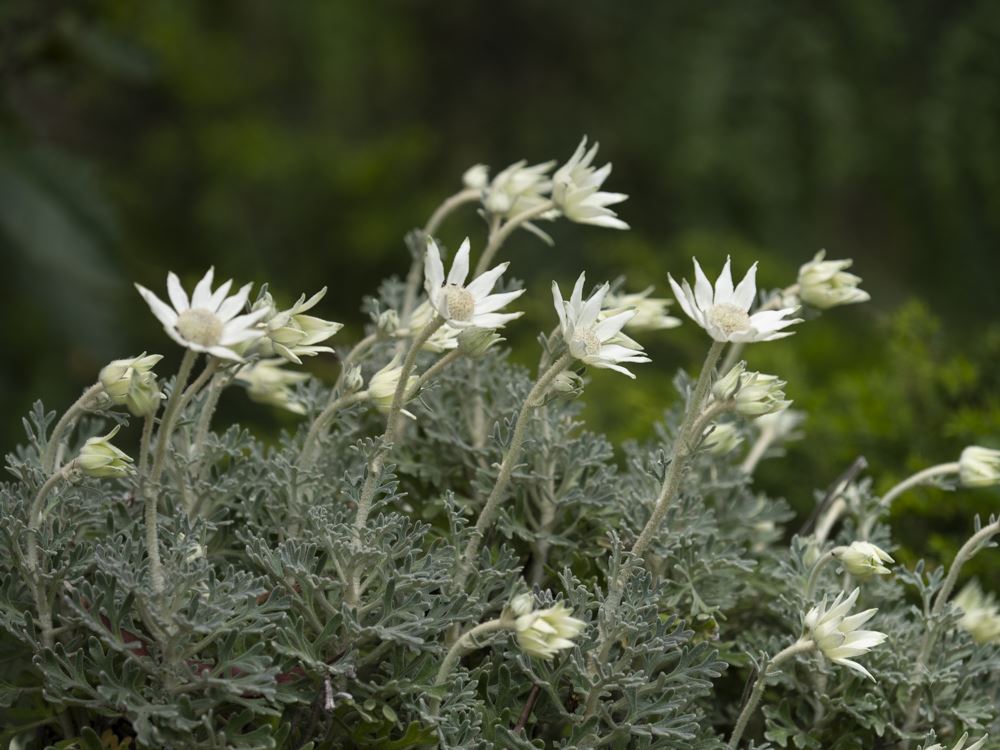If you’re going bushwalking—be prepared and stay safe. The WHS Policy and procedures and forms are here.
Activity leader
Your role as leader is to ensure duty of care for everyone on the walk, including yourself. Duty of care means making certain that all reasonable steps are undertaken to ensure the safety, health and well-being of participants and others likely to be affected by the activity’.
Given this duty of care:
- Only choose walks that are within your capabilities as a leader
- Ensure walkers know the level of difficulty of the walks
- Brief them on the hazards and how to manage them on the walk
- Be prepared to be honest with someone who you think will not be able to do the walk and be prepared to stop them participating.
- If for some reason a walker is unable to continue the walk and wants to return, then someone from the group should return with that person.
 Plan your walk
Plan your walk
- Research your walk and make sure everyone is comfortable with the planned route.
- Check the APS NSW Risk Register and adjust for this situation
- Pre-test the walk prior to the day of the walk
- Check the difficulty. Some walks need rock scrambling skills.
- Check weather forecasts and park alerts and be aware that weather conditions can change rapidly. Be ready to cancel the walk if the weather is unsuitable
- Depending on the location for the walk it may be necessary to check with the local RFS if there is to be a scheduled hazard reduction burn in the area on the date or just before date of the walk. No one wants to be walking through a scorched landscape.
- Provide a contact phone number for walks participants so they can call to check if the walk is going ahead if weather is bad.
- Tell the District Group President, your family or friends where you're going, when you expect to return and who is with you. They can contact NSW Police if you don't return on time. When you return, let them know that you have returned.
- Carry a first aid kit.
Before starting the walk and during the walk
If someone is hurt, or there is an incident or near miss
- Immediately take care of the person using first aid
- Contact Emergency services if serious
- After the walk, contact the District Group President and APS NSW President of the injury
- After the walk, complete the Injury Form
- If there is an incident or near miss, complete the Incident Form and submit to the District Group President and APS NSW President as soon as possible
Walker
Role
 Your role is to be part of a group and operate under the direction of the leader for the duration of the walk. You need to know your own limitations and take responsibility for yourself. You need to be open and honest with the leader and abide by their decisions. If in doubt, speak to your doctor. You need to:
Your role is to be part of a group and operate under the direction of the leader for the duration of the walk. You need to know your own limitations and take responsibility for yourself. You need to be open and honest with the leader and abide by their decisions. If in doubt, speak to your doctor. You need to:
- Bring your own, food, water, medication and first aid kit - as outlined below
- Wear the right clothing, as outlined below
- Before the walk
-
- Sign the attendance form
- Understand the risks
- Understand your role on the walk
- During the walk
-
- Stay with the group at all times
- Do not leave the group without informing the leader
- If you get lost, stop and wait rather than proceed on your own.
- Stay well back from cliffs or water sources
- Inform the leader at any time if you feel unwell.

 Plan your walk
Plan your walk Your role is to be part of a group and operate under the direction of the leader for the duration of the walk. You need to know your own limitations and take responsibility for yourself. You need to be open and honest with the leader and abide by their decisions. If in doubt, speak to your doctor. You need to:
Your role is to be part of a group and operate under the direction of the leader for the duration of the walk. You need to know your own limitations and take responsibility for yourself. You need to be open and honest with the leader and abide by their decisions. If in doubt, speak to your doctor. You need to: